The perfect employee is an individual that every employer wishes for, yet knows that they will never attain one such myth. Each individual has their own struggles and poor decision making skills that impede their ability to perform perfectly in the workplace. How we go about correcting their behaviors, counseling their decision making skills, and being consistent can help mold these individuals that struggle into the employees we wish for. Given the personal and time-consuming nature of conflict management and resolution, managers and supervisors may feel reluctant to confront problem employees. They may feel that confrontation and talking to others about “their problems” is an intimidating situation; and may feel that in ignoring the situation, it might go away. On the other hand, employees might feel empowered by various laws and regulations that protect them against retaliation, discrimination, or unfair treatment.
When managing disciplinary issues and corrective action, there are two fundamental principles to keep in mind: 1) employees deserve to know and understand what is expected of them in terms of conduct and behavior; and 2) in most situations, offending employees are entitled to a warning about unacceptable behavior and the opportunity to change their behavior through corrective action. Corrective action may take the form of verbal counseling, written warning, suspension with or without pay for a designated period of time, or termination of employment. For offenses that do not justify immediate termination, discipline usually is administered in progressive steps.
When employee behavior violates stated workplace rules of conduct or otherwise does not meet minimum on-the-job conduct expectations, the resulting corrective action process should entail:
- A clear statement describing the employee’s behavior deficiency, citing specific instances wherever possible.
- A restatement of the minimum expectations or requirements with regard to the area of deficiency.
- The consequences of failing to meet these requirements or future related behavioral deficiencies, including further disciplinary action up to and including termination.
- An area where the employee can sign along with a signature from the supervisor or HR (whoever is issuing the corrective action form.) There may be instances where your employee refuses to sign the corrective action form; simply state the refusal on the document.
Corrective action, whether informal or formal, must be well documented, and the documentation retained as part of the employee’s personnel records. In the event the steps include a written warning or final written warning, management should prepare a standardized notice that the employee signs, acknowledging that she or he understands the contents of the discussion, the expectations for future conduct, and the consequences for failure to comply. (http://www.shrm.org/TemplatesTools/Toolkits/Pages/CorrectiveAction.aspx)
Corrective action shows employees that you are invested in their future, and aren’t going to discharge them with a mistake here or there. What corrective action does is show the employee that you value them, want to help them succeed, and are simply trying to correct behavior. It also provides a base for treating all employees the same. Corrective action needs to be implemented across all levels of your organization and be a standard.
The purpose of corrective action is to correct and resolve employee performance issues while keeping the employee as a productive member of your organization. However, termination may be the most appropriate action if an employee engages in serious misconduct, or if working with the employee to improve performance/behavior is unsuccessful. An employee should never be discharged without proper due process. All the facts must be promptly and thoroughly investigated and documented before making the termination decision.






